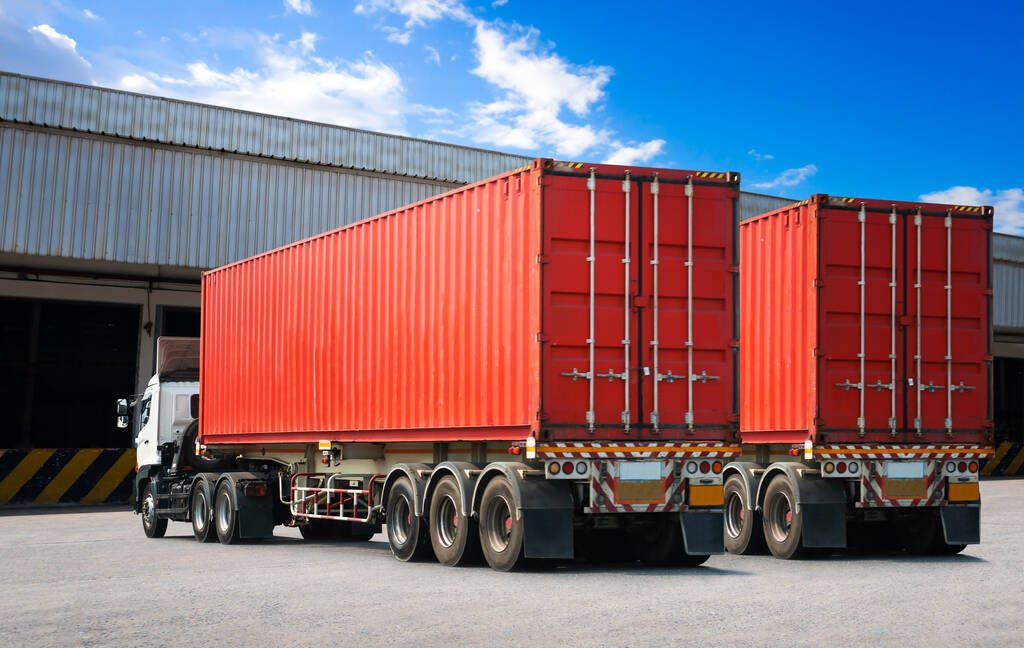Transit of imported goods

What is internal transit of goods?
If the transit of goods is between two customs of the same country, it is called internal transit of goods. This type of transit is purely ceremonial.
For example, if the goods are transferred from the customs of Bushehr province to the customs of Isfahan province, the internal transit of the goods has been completed. In this type of transit, the goods to be moved are checked at the origin. In fact, the customs office of origin has the duty to carefully check all the goods so that if any goods that violate the regulations have been added to it, it will be declared as smuggling.
An example of the internal transit of goods in Iran is that glass and crystal producing companies in the north of the country need to supply their raw materials from mines in the south of the country. Therefore, the transit of ore should be done from the customs office in the south of the country to the customs office in the north of the country, and the cargo inspection is also the responsibility of the customs office of origin.

Another noteworthy point about the internal transit of goods is that all goods in this type of transit must reach the destination according to the specified time.
Otherwise (that is, when the cargo arrives at the destination with a long delay), the entire cargo will be considered as contraband. However, an unforeseen event such as an accident may occur on the road, in which case the police force will issue a fine to the driver, with which the driver will be given 5 days to clear the goods.

Documents required for internal transit
For internal transit of goods, a set of documents is required. In our country, the necessary documents for internal transit of goods are:
Bill of Lading: This document contains complete details of the cargo and transit route.
Goods sales invoice: It is an invoice that includes the details of the goods sale and shows that the goods have been purchased.
Packing list: This list contains detailed details of the packed contents of the goods.
Clearance: It is a document that confirms that the goods have already been cleared and are allowed to transit.
Operating license of the goods producing company: This license shows that the goods producing company is allowed to operate and transit domestically.
Customs warehousing bill: This document shows that the goods have been kept in the customs warehouse and have a domestic transit permit.
Certificate of Origin: This certificate shows that the goods have been sent from a valid source.
Order registration certificate: This document shows that the goods order has been given to the shipping company.
Be sure to note that in the bill of lading, it is mentioned that the shipping company in question is allowed to transit the goods internally. This is very vital.
After collecting all the documents and declarations by the customs, the goods will be carefully evaluated and checked to make sure that the goods match their documents. In other words, the goods must be transferred to the destination customs without any interference. At this stage, the destination customs takes responsibility for the detailed inspection and validation of the goods to ensure that the goods are in full compliance with the relevant documents. These measures are taken to prevent any violation in the internal transit of the goods and the goods reach their destination legally and without any problems.